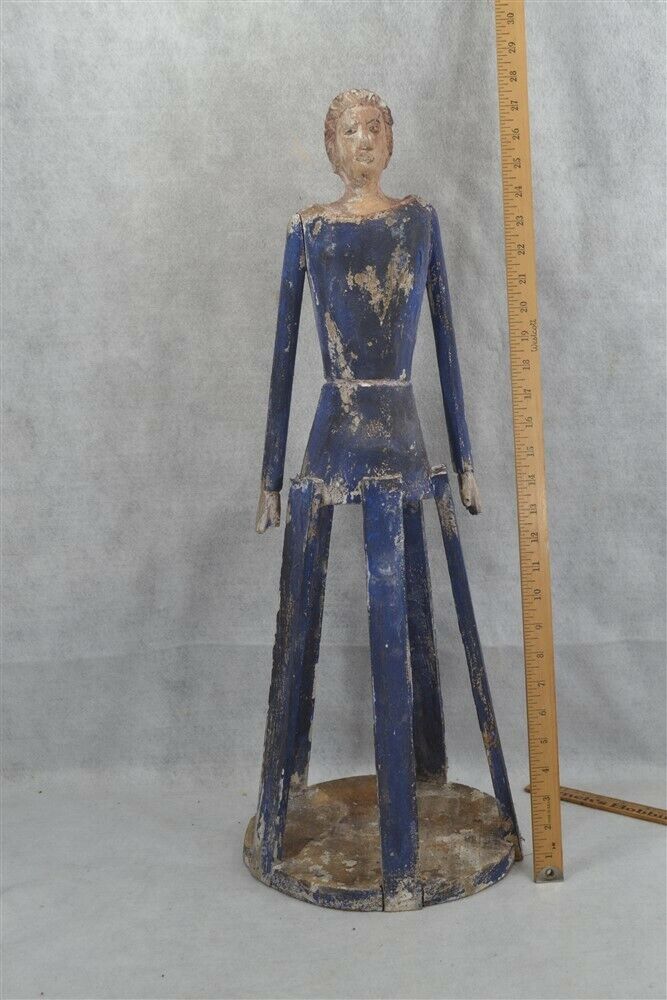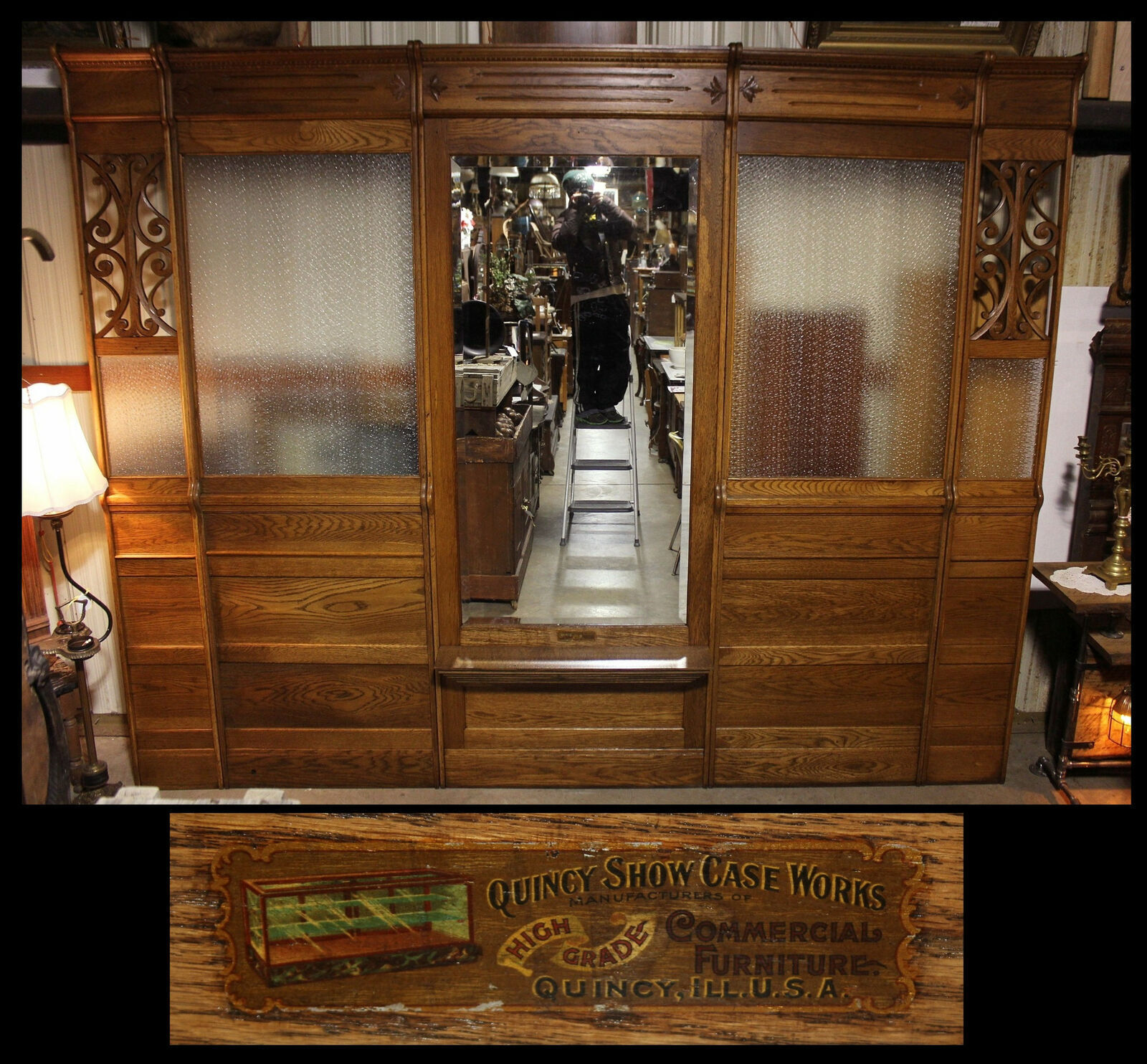-40%
OLD POCKET CHUM CALIPER TOOL GAUGE RULER CELLULOID B&S VTG STEEL AUTO SEWING UK
$ 47.46
- Description
- Size Guide
Description
SquareTrade © AP6.0OLD LOT TO MEASURE
GREETINGS, FEEL FREE
TO
"
SHOP NAKED
."
©
We deal in items we believe others will enjoy and want to purchase.
We are not experts.
We welcome any comments, questions, or concerns.
WE ARE TARGETING A GLOBAL MARKET PLACE.
Thanks in advance for your 5 STAR patronage.
Be sure to add WDG to your
favorites list
!
NOW FOR YOUR VIEWING PLEASURE…
VINTAGE TOOL LOT
(11) eleven PIECES
TAKE ONE OR ALL
ALLIED BEARINGS SUPPLY CO
INC
TULSA - OKLAHOMA CITY - MUSKOGEE - PRYOR -ENID - PONCA CITY - FORT SMITH
LEATHER POUCH / SHEETH
6.3/4"
+++
IBT INDUSTRIAL BEARING & TRANSMISSION COMPANY
6" RULER /
GAUGE
DECIMAL EQUIVALENTS ON REVERSE
+++
GENERAL NO. 310
MADE IN THE U.S.A.
AMERICAN or B&S GAUGE
REVERS IS NO. and DEC.
+++
MADE IN THE USA
STAINLESS STEEL
64TH's
64th TO mm
+++
"FAMEX TOOL STEELS"
381 FOURTH AVENUE, NEW YORK CITY
STAINLESS STEEL
SLIDING CLIP IS DEPTH GAUGE
MADE IN THE USA
NO.650
ANTIQUE POCKET SLIDE RULE
MEASURES ABOUT 6"
ON 64THS
AND 32NDS
CIRCA 1910 - 1920
ALFRED ROBBINS
N.Y.C.
+++PLUS+++
AN ODD PIECE LOT OF RULERS AND MEASURING TOOLS.
1 - VINTAGE PAPER RULER. DISTRIBUTED BY MUTUAL LIFE INSURANCE COMPANY OF BALTIMORE, MARYLAND (MD). KANSAS CITY, KS DISTRICT. REVERSE GIVES A CALENDER FOR 1922 & 1923.
+++PLUS+++
1 - A CELLULOID FLIP STYLE. "THE GOLDEN RULE" BY HAMMOND PUBLISHING COMPANY, MILWAUKEE, WISCONSIN (WI).
+++PLUS+++
1 - KOMPAS RULE, SCHOOL SUPPLIES, MATHEMATIC COMPASS AND RULER. VERY INGENIOUS USE OF A RULER WITH SMALL HOLES FOR ATTACHING A STRING AND PENCIL. A SOUVENIR FROM THE SODA FOUNTAIN, KEYSTONE DRUG STORE
2128 SOUTH DUKE ST., OKLAHOMA (OK)
+++PLUS+++
AN ODD PIECE. A VINTAGE MEASURING STICK. MANUFACTURED BY THE "ENGRAVING CO LTD, WOLVERHAMPTON, ENGLAND" NO.22
6 INCH. 15 MM. GAUGED / GAUGE. SUSPENSION RING HOLE. OLD STEEL METAL. NO YARDS HERE.
NEAT VINTAGE TOOL FOR SEWING OR ENGRAVED WORK. ANYTHING THAT TAKES A
COLLECTIBLE
MEASUREMENT. LIGHT CORROSION. ORIGIN UNITED KINGDOM / GREAT BRITAIN. CHEERIO.
WONDERFUL OLD SEWING / SCHOOL / OFFICE EPHEMERA. RARE / HARD TO FIND / HTF.
CIRCA 1910 - 1920.
+++PLUS+++
THE EXECUTIVE
POCKET CHUM
MADE IN THE USA
CALIPER IN POCKET PROTECTOR
DESIGN REGISTERED
+++PLUS+++
COMPASS
PATENT PENDING
MADE IN THE USA
FYI
--------------------------
The slide rule, also known as a slipstick, is a mechanical analog computer. The slide rule is used primarily for multiplication and division, and also for "scientific" functions such as roots, logarithms and trigonometry, but does not generally perform addition or subtraction.
Slide rules come in a diverse range of styles and generally appear in a linear or circular form with a standardized set of markings (scales) essential to performing mathematical computations. Slide rules manufactured for specialized fields such as aviation or finance typically feature additional scales that aid in calculations common to that field.
William Oughtred and others developed the slide rule in the 1600s based on the emerging work on logarithms by John Napier. Before the advent of the pocket calculator, it was the most commonly used calculation tool in science and engineering. The use of slide rules continued to grow through the 1950s and 1960s even as digital computing devices were being gradually introduced; but around 1974 the electronic scientific calculator made it largely obsolete and most suppliers exited the business.
-------------
A bearing is a machine element that constrains relative motion to only the desired motion, and reduces friction between moving parts. The design of the bearing may, for example, provide for free linear movement of the moving part or for free rotation around a fixed axis; or, it may prevent a motion by controlling the vectors of normal forces that bear on the moving parts. Most bearings facilitate the desired motion by minimizing friction. Bearings are classified broadly according to the type of operation, the motions allowed, or to the directions of the loads (forces) applied to the parts.
Rotary bearings hold rotating components such as shafts or axles within mechanical systems, and transfer axial and radial loads from the source of the load to the structure supporting it. The simplest form of bearing, the plain bearing, consists of a shaft rotating in a hole. Lubrication is often used to reduce friction. In the ball bearing and roller bearing, to prevent sliding friction, rolling elements such as rollers or balls with a circular cross-section are located between the races or journals of the bearing assembly. A wide variety of bearing designs exists to allow the demands of the application to be correctly met for maximum efficiency, reliability, durability and performance.
The term "bearing" is derived from the verb "to bear"; a bearing being a machine element that allows one part to bear (i.e., to support) another. The simplest bearings are bearing surfaces, cut or formed into a part, with varying degrees of control over the form, size, roughness and location of the surface. Other bearings are separate devices installed into a machine or machine part. The most sophisticated bearings for the most demanding applications are very precise devices; their manufacture requires some of the highest standards of current technology.
The invention of the rolling bearing, in the form of wooden rollers supporting, or bearing, an object being moved is of great antiquity, and may predate the invention of the wheel.
Though it is often claimed that the Egyptians used roller bearings in the form of tree trunks under sleds, this is modern speculation. They are depicted in their own drawings in the tomb of Djehutihotep as moving massive stone blocks on sledges with liquid-lubricated runners which would constitute a plain bearing. There are also Egyptian drawings of bearings used with hand drills.
The earliest recovered example of a rolling element bearing is a wooden ball bearing supporting a rotating table from the remains of the Roman Nemi ships in Lake Nemi, Italy. The wrecks were dated to 40 BC.
Leonardo da Vinci incorporated drawings of ball bearings in his design for a helicopter around the year 1500. This is the first recorded use of bearings in an aerospace design. However, Agostino Ramelli is the first to have published sketches of roller and thrust bearings. An issue with ball and roller bearings is that the balls or rollers rub against each other causing additional friction which can be reduced by enclosing the balls or rollers within a cage. The captured, or caged, ball bearing was originally described by Galileo in the 17th century.
The first practical caged-roller bearing was invented in the mid-1740s by horologist John Harrison for his H3 marine timekeeper. This uses the bearing for a very limited oscillating motion but Harrison also used a similar bearing in a truly rotary application in a contemporaneous regulator clock.
-----------------------------------------------------
Thanks for choosing this auction. You may email for alternate payment arrangements. We combine shipping. Please pay promptly after the auction. The item will be shipped upon receipt of funds. WE ARE GOING GREEN, SO WE DO SOMETIMES USE CLEAN RECYCLED MATERIALS TO SHIP.
Please leave feedback when you have received the item and are satisfied. Please respond when you have received the item * If you were pleased with this transaction, please respond with all 5 stars! If you are not pleased, let us know via e-mail. Our goal is for 5-star service. We want you to be a satisfied, return customer.
Please express any concerns or questions. More pictures are available upon request. The winning bid will incur the cost of S/H INSURED FEDEX OR USPS. See rate calculator or email FOR ESTIMATE. International Bidders are Welcome but be mindful if your country is excluded from safe shipping.
Thanks for perusing
THIS
and
ALL
our auctions.
Check out our
other items
!
WE like the curious and odd.
Buy, bye.
i
Track Page Views With
Auctiva's FREE Counter




















